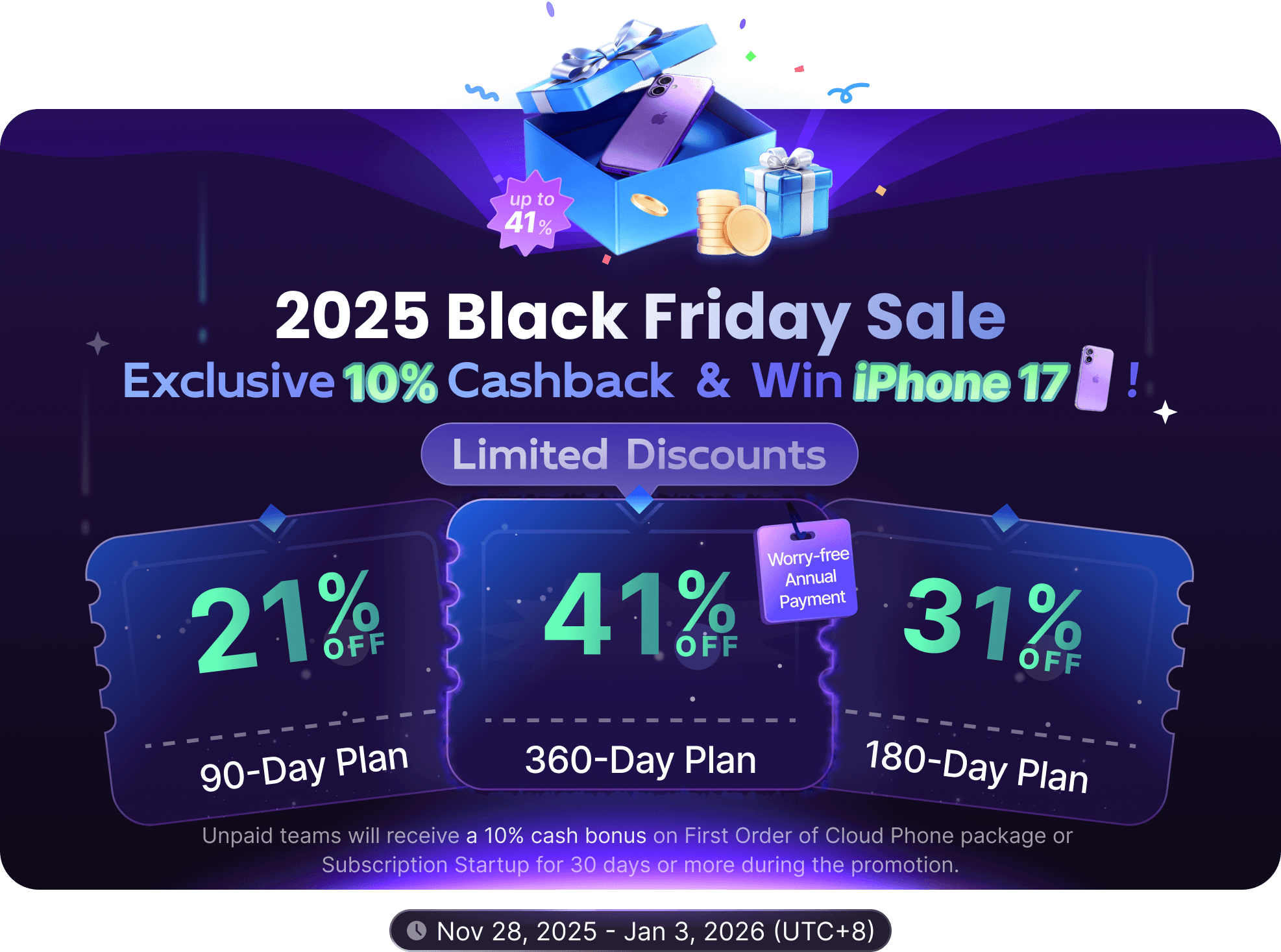Data Scraping
What is Data Scraping?
Data scraping refers to the process of extracting data from websites or other online platforms through automated programs (usually called web crawlers or data crawlers). These automated programs simulate human users' browsing behaviors, visit specific web pages, parse web content, and extract desired data such as text, images, links, tables, etc. Data scraping has a wide range of application scenarios, including market research, data analysis, and business decision-making.
The main purpose of data scraping is to centralize data scattered across the Internet for unified management and analysis. Such data can be used for various purposes, such as competitive analysis, price monitoring, user behavior analysis, and market trend forecasting.
Why Conduct Data Scraping?
Data scraping plays an important role in data analysis and business decision-making, mainly for the following reasons:
1. Acquiring Large Volumes of Data
The Internet contains massive amounts of data resources. Data scraping can help enterprises quickly obtain this data, providing rich data support for data analysis and business decision-making.
2. Improving Efficiency
Manual data collection is time-consuming, labor-intensive, and error-prone. Data scraping, through automated programs, can collect large amounts of data quickly and efficiently, greatly improving work efficiency.
3. Real-time Monitoring
Data scraping can realize real-time monitoring of data. For example, enterprises can use data scraping to monitor competitors' price changes and market dynamics in real-time, and adjust business strategies promptly.
4. Cost-effectiveness
Compared with hiring a large number of people for data collection, data scraping is less costly. The operation cost of automated programs is relatively low, and they can work 24/7, making them more cost-effective.
5. Data Integration
Data scraping can integrate data scattered on different websites into a single platform, facilitating unified management and analysis. This helps enterprises gain a more comprehensive data perspective and improve decision-making quality.
What are the Common Methods of Data Scraping?
1. Web Crawlers
Web crawlers are the most commonly used method in data scraping. They simulate human users' browser behaviors, visit web pages, parse content, and extract desired data. Common web crawler tools include Scrapy and Beautiful Soup.
2. API Interfaces
Many websites provide API interfaces that allow developers to obtain data programmatically. Using API interfaces for data scraping is more efficient and stable than directly scraping web content.
3. Database Queries
Some data scraping tasks can be completed by directly querying databases. This method is suitable for situations where structured data needs to be scraped.
4. Third-party Data Services
There are many third-party data service providers on the market, such as Crunchbase and Glassdoor. These service providers have already collected a large amount of data and offer API interfaces for users to use.
5. Web Parsing Tools
Web parsing tools such as Regular Expressions can help developers extract desired data from web content. This method is suitable for web pages with relatively simple structures.
Legal Compliance and Privacy Protection in Data Scraping
While data scraping brings convenience, it also raises issues related to legal compliance and privacy protection. The following legal compliance and privacy protection matters need to be noted during data scraping:
1. Comply with Website Terms of Use
Many websites clearly specify policies related to data scraping in their user agreements. Before conducting data scraping, one should carefully read and comply with the website's terms of use to avoid infringement.
2. Respect Copyright
Some website data may be protected by copyright. Scraping copyrighted data without authorization may constitute an infringement. It is necessary to ensure that data scraping behaviors comply with copyright laws.
3. Protect User Privacy
When scraping data, attention should be paid to protecting user privacy. Avoid scraping information involving users' personal identities, such as names, addresses, and phone numbers. If such information needs to be scraped, ensure that user consent is obtained and relevant privacy protection laws and regulations are complied with.
4. Avoid Over-scraping
Excessive scraping may cause excessive load on the website server, affecting the normal operation of the website. The frequency and quantity of scraping should be reasonably arranged to avoid unnecessary burdens on the website.
5. Data Security
When storing and processing scraped data, ensure data security. Take necessary technical measures to prevent data leakage or malicious use.
The Role of Data Scraping in Preventing Account Association
Data scraping also plays a certain role in preventing account association. By scraping data through automated programs, user behaviors can be monitored and analyzed in real-time to identify potential associated account behaviors. For example, by analyzing users' behavior patterns on different platforms, associated accounts using the same IP address, device information, or behavior characteristics can be identified.
1. Identifying Abnormal Behaviors
Data scraping can help enterprises identify abnormal user behaviors, such as multiple logins in a short period or frequent modification of account information. These abnormal behaviors may be signs of associated accounts.
2. Enhancing Security Monitoring
Through data scraping, enterprises can enhance their security monitoring capabilities, monitor user behaviors in real-time, and promptly detect and prevent the risks of associated accounts.
3. Improving Risk Management
Data scraping can help enterprises better understand user behavior patterns and improve risk management capabilities. By analyzing large amounts of data, enterprises can more accurately identify and prevent the risks of associated accounts.
4. Compliance Checks
In certain industries, such as finance and healthcare, associated accounts may bring compliance risks. Data scraping can help enterprises conduct compliance checks to ensure the authenticity and security of user accounts.


